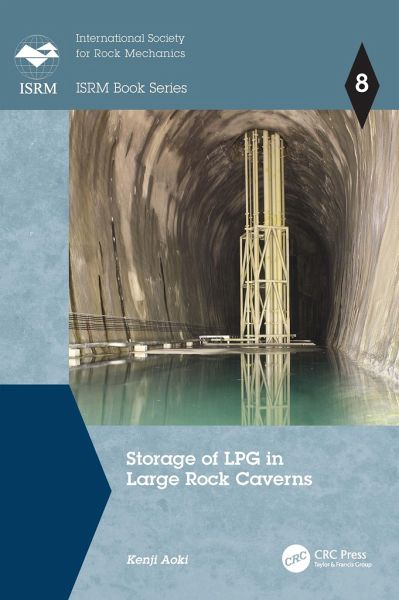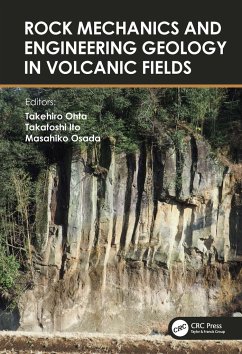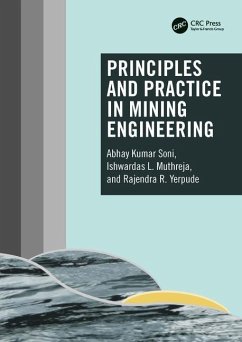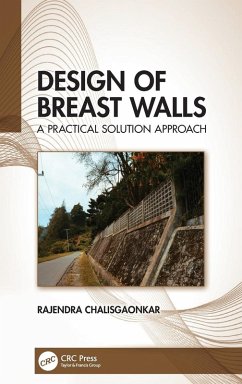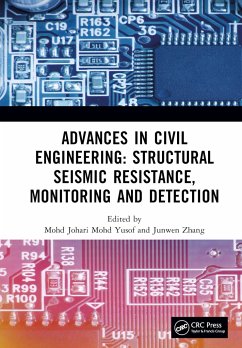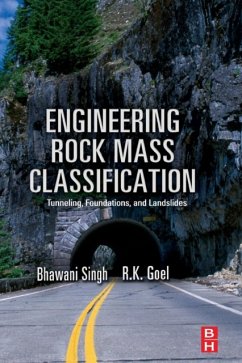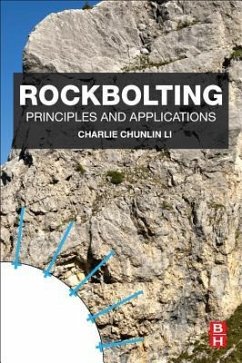Kenji Aoki (Kyoto University (Emeritus) Japan )
Gebundenes Buch
Storage of LPG in Large Rock Caverns
Versandkostenfrei!
Versandfertig in 1-2 Wochen
Weitere Ausgaben:

PAYBACK Punkte
85 °P sammeln!




Drawing on the experience gained from building Japan's largest LPG storage caves, Storage of LPG in Large Rock Caverns is a must-read for engineers, academics and students in the fields of rock mechanics, geotechnical engineering and related disciplines.
Kenji Aoki, the principal author, was born in 1946. Graduating from the Department of Engineering of Kyoto University with a bachelor's degree in 1969 and a master's in 1971, he joined Kajima Institute of Construction Technology, where, as well as research and development, he participated in design, construction and measurement management in a number of civil engineering structures including rock caverns and long tunnels. Through over20 years' experience in construction of large-scale caverns, he developed many testing and measurement techniques and numerical analysis methods of the mechanical properties of rocks during excavation. He researched the mechanisms of groundwater flow in and around deep caverns and presented the results as papers in the JSCE and the ISRM and through lectures. He has been active in these committees. In the early 1980s, he introduced the technology of storing crude oil in an unlined rock cavern in Japan utilising groundwater, which had been developed in the Scandinavian countries. Over more than ten years from 1981, Aoki contributed to construction of Japan's first pilot plant of rock cavern storage of crude oil and to clarify the role of groundwater in cavern storage with cracks (this project was led by former Japan National Oil Corporation). Based on the site measurements, he contributed to establishing technical standards for the design and construction of this sorts of facilities. These standards were used in constructing three large-scale rock cavern crude oil storages in Japan in the early 1990s with a total capacity of five million kilolitres. Their ability for earthquake endurance is well recognised and they are still in operation. Aoki was awarded a PhD from Kyoto University in 1989 and he became professor of Kyoto University in 1999. In 2004, Aoki was a co-organiser of the third Asian Rock Mechanics Symposium (ISRM) in Kyoto. The LPG rock storage project of this book owes to Aoki's long-established knowledge in surveying, testing and analysing groundwater flow in rocks, resulting from his research and development in controlling groundwater flow in rocks of various properties. He gained this extensive practical experience in the Japan Organization for Metals and Energy Security (JOGMEC) as chief technical officer.
Produktdetails
- ISRM Book Series
- Verlag: Taylor & Francis Ltd
- Seitenzahl: 302
- Erscheinungstermin: 6. April 2023
- Englisch
- Abmessung: 250mm x 175mm x 21mm
- Gewicht: 730g
- ISBN-13: 9780367420772
- ISBN-10: 0367420775
- Artikelnr.: 65610967
Herstellerkennzeichnung
Libri GmbH
Europaallee 1
36244 Bad Hersfeld
gpsr@libri.de
Für dieses Produkt wurde noch keine Bewertung abgegeben. Wir würden uns sehr freuen, wenn du die erste Bewertung schreibst!
Eine Bewertung schreiben
Eine Bewertung schreiben
Andere Kunden interessierten sich für




